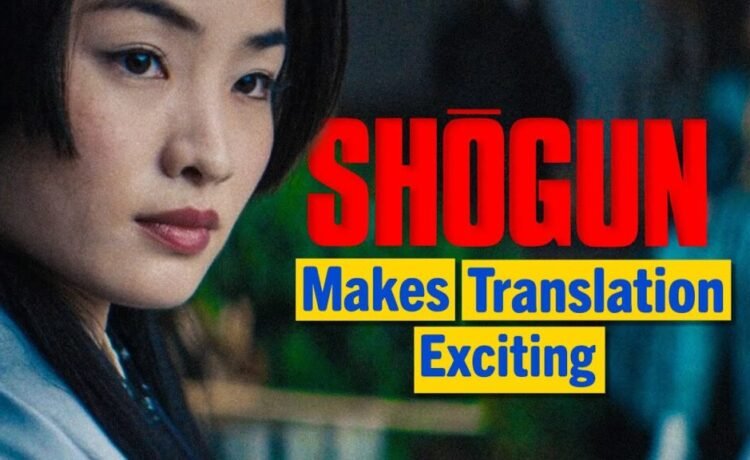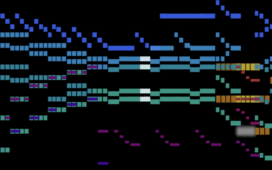Many of us grew up seeing hardback copies of Shōgun on various domestic bookshelves. Whether their owners ever actually got through James Clavell’s famously hefty novel of seventeenth-century Japan is open to question, but they may well have seen the first television adaptation, which aired on NBC in 1980. Starring Richard Chamberlain and Toshiro Mifune (and narrated by Orson Welles), that ten-hour miniseries offered an unprecedentedly cinematic experience to the home viewers of America, presenting them with things they’d never before seen on television — and things they’d never heard on television, not least numerous lines delivered in untranslated Japanese.
The idea, according to screenwriter Eric Bercovici, was to put the viewers in the shoes of Chamberlain’s protagonist John Blackthorne, an English ship pilot marooned in Japan with no knowledge of the local language. During the show’s run, newspapers printed glossaries of the Japanese words most important to the story. The second adaptation of Shōgun, which aired earlier this year on FX, does things differently. For one thing, it makes use of those helpful devices known as subtitles, which over the past four and a half decades have become not just accepted but demanded by Western audiences (even for productions in their own language).
This choice, as Evan “Nerdwriter” Puschak says in his video on the new Shōgun, “lets us into the minds and conversations of the Japanese characters,” much like the omniscient narration of Clavell’s novel. Puschak highlights how the series “uses the act of translation to explore the possibilities and limitations of communication across cultures and communication, period.” One notable example is its portrayal of the various bilingual characters who interpret for Blackthorne, each of whom does so differently according to his or her motivations. The 1980 Shōgun also had a few such scenes, but their dramatic irony was inaccessible to monolingual viewers.
Even if you speak both English and Japanese, you know how little protection that really offers against cultural misunderstandings. The new Shōgun’s dramatization of that truth has surely done its part to win the show more Emmy awards than any other single season of television. A comparison to the 1980 adaptation, which represented the height of dramatic television in its day, reveals the ways in which our expectations of the form have changed over time. Nevertheless, even the 2024 Shōgun takes its liberties, the most brazen being the use of English instead of Portuguese, the real language of first contact between Japan and the West. Clearly, Portugal has its work cut out: to raise a generation of actors ready to star in the next adaptation by the late twenty-sixties. がんば っ て and boa sorte.
Related content:
The 17th-Century Japanese Samurai Who Sailed to Europe, Met the Pope & Became a Roman Citizen
Meet Yasuke, Japan’s First Black Samurai Warrior
Let’s Learn Japanese: Two Classic Video Series to Get You Started in the Language
The Entire History of Japan in 9 Quirky Minutes
Based in Seoul, Colin Marshall writes and broadcasts on cities, language, and culture. His projects include the Substack newsletter Books on Cities and the book The Stateless City: a Walk through 21st-Century Los Angeles. Follow him on Twitter at @colinmarshall or on Facebook.















